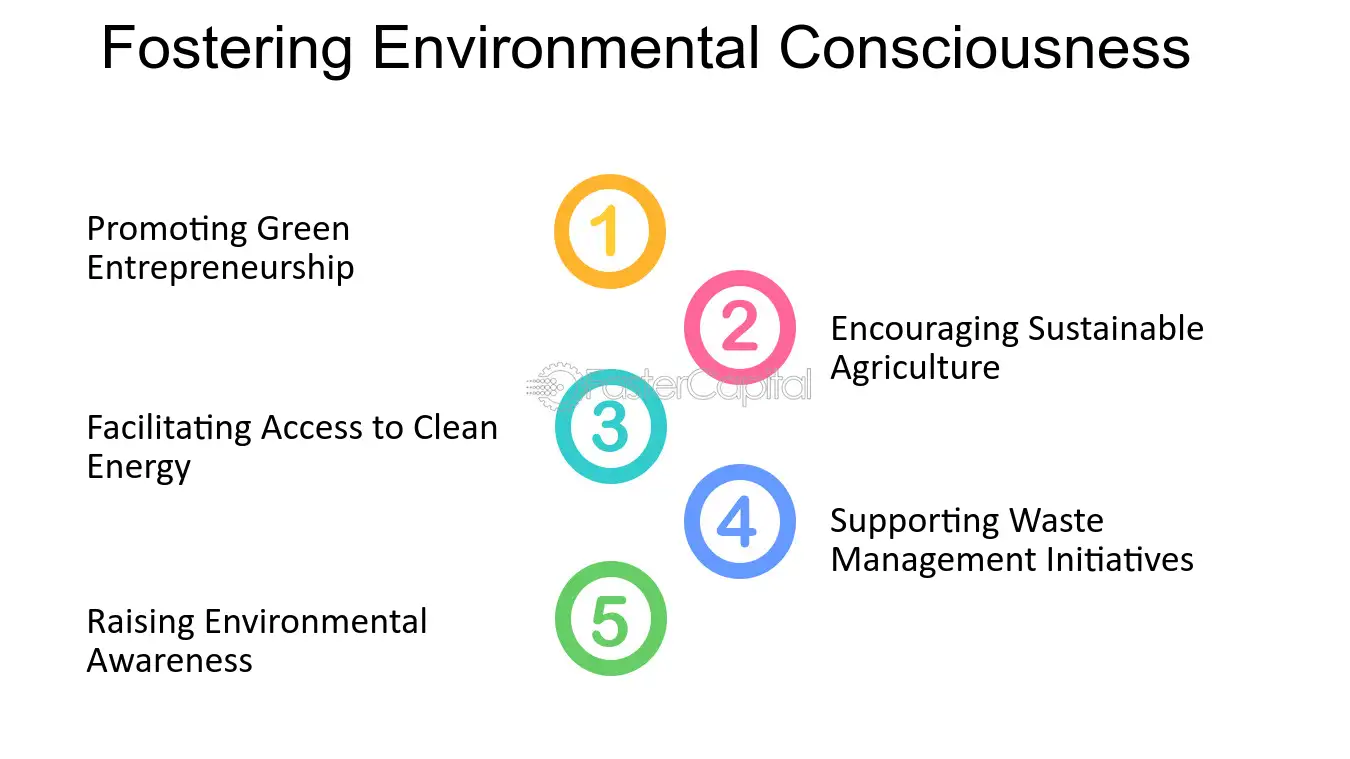In an era of rapid industrialization and technological growth, the environment has been subjected to significant changes, many of which are detrimental to the planet’s health. Climate change, deforestation, pollution, and resource depletion are just a few of the pressing issues that arise from human activities. As these environmental concerns grow, so does the importance of fostering environmental consciousness in every individual. Developing a greener mindset involves understanding the impact of human actions on the environment and adopting practices that promote sustainability. This essay will explore the meaning of environmental consciousness, its importance, and actionable steps individuals and societies can take to cultivate a sustainable lifestyle.
Defining Environmental Consciousness
Environmental consciousness refers to the awareness and understanding of the impact that human actions have on the environment. It is a mindset that encourages individuals to recognize the interconnectedness between human life and nature, urging them to make decisions that minimize harm to the planet. This consciousness extends beyond awareness; it includes actively seeking ways to reduce one’s ecological footprint and advocating for policies and practices that protect natural resources.
The Importance of Environmental Consciousness
Fostering environmental consciousness is crucial for several reasons. First, the global population continues to grow, which increases the demand for natural resources such as water, energy, and land. Without an environmentally conscious approach, these resources may become depleted, leading to significant societal and ecological problems. Second, environmental degradation contributes to climate change, which has far-reaching consequences, including rising sea levels, extreme weather events, and habitat loss. Lastly, cultivating a greener mindset promotes the health and well-being of both current and future generations by ensuring a cleaner, safer planet.
Education as a Tool for Environmental Consciousness
Education plays a pivotal role in fostering environmental consciousness. Schools and universities can integrate environmental studies into their curricula to teach students about sustainability, climate change, and conservation efforts. By exposing students to these topics from a young age, they become more aware of their impact on the planet and are better equipped to make informed decisions about their lifestyle choices. Additionally, public awareness campaigns and community workshops can further spread knowledge and inspire action among the general population.
Sustainable Living: What It Means and Why It Matters
Sustainable living is the practice of reducing one’s environmental impact by making mindful choices that conserve resources and promote long-term ecological balance. This can include reducing energy consumption, minimizing waste, using renewable resources, and supporting eco-friendly products and companies. Sustainable living is essential because it directly addresses the overconsumption of resources and the negative effects of pollution. When individuals adopt a sustainable lifestyle, they help mitigate the consequences of environmental degradation and ensure that future generations have access to the resources they need.
Simple Steps to Cultivate Environmental Consciousness
- Reduce, Reuse, Recycle: By cutting down on waste, reusing materials, and recycling whenever possible, individuals can significantly reduce their environmental footprint.
- Conserve Water and Energy: Simple actions like fixing leaky faucets, using energy-efficient appliances, and turning off lights when not in use can help conserve valuable resources.
- Choose Sustainable Products: Opt for products made from renewable resources or those with minimal packaging. Support companies that prioritize sustainability in their operations.
- Limit Single-Use Plastics: Reduce reliance on plastic bags, bottles, and straws by carrying reusable alternatives.
The Role of Governments and Corporations
Governments and corporations play a critical role in shaping environmental consciousness on a larger scale. Governments can enforce environmental regulations, such as limiting emissions and protecting natural habitats. They can also offer incentives for individuals and businesses that practice sustainability, such as tax breaks for using renewable energy. Corporations, on the other hand, must adopt greener practices, such as reducing waste, sourcing materials sustainably, and reducing carbon emissions. By working together, both sectors can drive large-scale change that benefits the environment.
The Importance of Community Engagement
Communities have the power to foster collective environmental consciousness. Through local initiatives, such as tree planting drives, recycling programs, and conservation projects, individuals can contribute to the betterment of their surroundings. Communities can also organize workshops to educate members about sustainable practices, such as composting, energy conservation, and water preservation. When communities come together with a shared goal of environmental consciousness, the results can be transformative.
Environmental Advocacy and Policy Changes
Advocating for policy changes is another way to foster a greener mindset. Individuals can participate in environmental campaigns, vote for eco-friendly policies, and support political leaders who prioritize sustainability. Policies that limit carbon emissions, ban harmful chemicals, and promote renewable energy are essential for mitigating environmental damage. Grassroots movements and environmental advocacy organizations play a key role in pushing for these changes.
Green Technology and Innovation
Green technology has the potential to revolutionize how we interact with the environment. Innovations such as solar panels, electric vehicles, and sustainable farming techniques help reduce the strain on natural resources. Investing in and promoting these technologies can further foster environmental consciousness and lead to a more sustainable future.
The Impact of Individual Choices
Individual choices have a profound impact on the environment. From the food we eat to the way we travel, every decision contributes to our overall ecological footprint. Choosing plant-based diets, using public transportation, and reducing energy consumption are just a few ways individuals can make a difference. While one person’s efforts may seem small, when multiplied across a global population, the collective impact is substantial.
The Role of Media in Shaping Environmental Consciousness
Media plays a powerful role in shaping public opinion and awareness about environmental issues. Documentaries, news reports, and social media campaigns can highlight pressing environmental concerns and inspire individuals to take action. By spreading knowledge and showcasing success stories, the media can contribute to a culture of environmental consciousness.
The Need for Long-Term Commitment
Fostering environmental consciousness is not a one-time effort; it requires long-term commitment. Sustainable practices must be continuously adopted, refined, and reinforced. Individuals, communities, governments, and corporations all have a responsibility to maintain their focus on protecting the planet. Environmental consciousness should become an integral part of our daily lives and decision-making processes.
Conclusion
Environmental consciousness is more than just an awareness of the issues; it is a commitment to changing behaviors, advocating for sustainability, and influencing others to do the same. By fostering a greener mindset through education, community engagement, sustainable living, and policy advocacy, individuals and societies can work together to protect the environment. The journey towards sustainability is a collective effort, and it begins with the choices we make today. Let us all strive to cultivate a mindset that prioritizes the well-being of the planet for current and future generations.









Leave a Reply